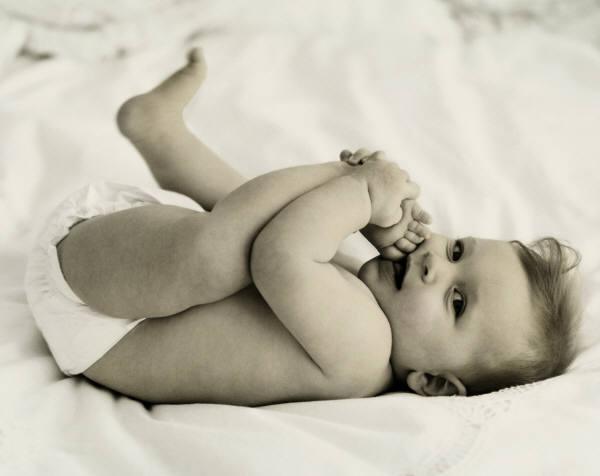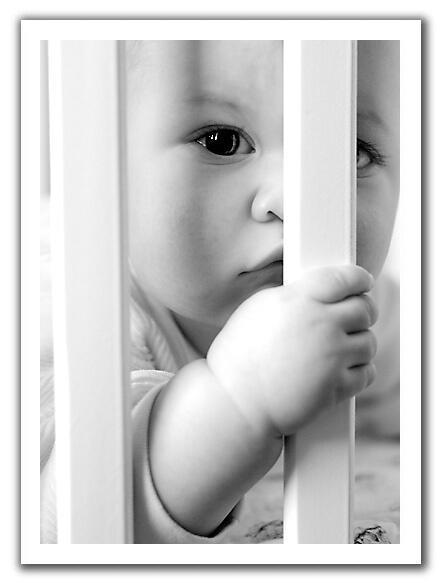In the city centre,
there remains quite a number of old buildings built in the time of British
occupation. They were constructed in the
middle of 19th century, before the Second World War in 1940 and retain a faded
colonial charm. The Yangon City Hall
faces the Mahabandoola Park, famous for its rose gardens. Inside the gardens is the Independence
Monument, built to signify Myanmar's independence.
Yangon City Hall
Independence Monument in Mahabandoola Park
Nearby is the building of the Supreme
Court. Painted in red and yellow, this
Victorian building was constructed between 1905 and 1911.
A short distance to the west is the oldest and
most famous hotel in Myanmar, the Strand hotel built in 1901 by the Sarkies
brothers (of the E&O Hotel, Penang).
After years of neglect, it has now been restored and furnished with
modern facilities, with a price tag ~USD400/night. Close by is the post-office.
Strand Hotel
Post office
Located on the bank
of the Yangon River is the Botahtaung Pagoda, a typical gilded dome that tapers
gradually to the top and is capped by a symbolic fan-shape spire. Unlike many pagodas, Botahtaung is hollow
inside allowing visitors to walk through to admire what is considered the
highlight of any pilgrimage – a glass case containing a sacred hair relic of
the Buddha. There are also glass
showcases containing many ancient relics and donated artifacts. Botahtaung Pagoda is named after the 1,000
military leaders who escorted the sacred hair relics of Buddha, brought from
India over two thousand ago.
Entrance of Botahtaung Pagoda
The glass case containing the sacred hair relic of Buddha (circled in white in the picture above)
The road in front of the pagoda has a colourful array of shops selling fruits, flowers and other offerings items.
On the way back to the city centre to the Bogyoke Aung San market, formerly known as Scott's Market, we made a quick photo stop at the Sule Pagoda. Located in the middle of the busiest intersection in central Yangon, Sule Pagoda is a 46m octagonal-shaped stupa that, according to the local story, was built during the time of the Gautama Buddha and is therefore more than 2,500 years old. The temple is believed to have been built to house a strand of the Buddha's hair. Sule Pagoda has important historical and cultural significance – it is said that royalty and astrologers convened here over 2,000 years ago to determine the present-day site of Shwedagon Pagoda, while the British used Sule Pagoda as the centre of their grid town planning when redesigning Yangon in the 1880s.
Our last stop, the Bogyoke Aung San market, is housed in a prewar structure and is the most famous shopping place in Yangon. Myanmar arts and handicrafts, lacquer wares, wood and ivory carvings, tapestries, silverware, brassware, silk and cotton fabrics, and shoulder bags as well as gem stones and jewelries are some of the items on sale at the market.
Picture from here
Different sections of the market, clockwise from top left: gems and jewelries, tailoring and fabrics, daily items such as slippers and bags, arts and paintings
Nuns asking for alms at the market




















3 comments:
Look like Yangon is full of stupas & pagodas
WK - yeah, pagodas all over. Bagan has more apparently.
You get to see the world in the job you are attached with. Its really a good opportunity hor...
Post a Comment